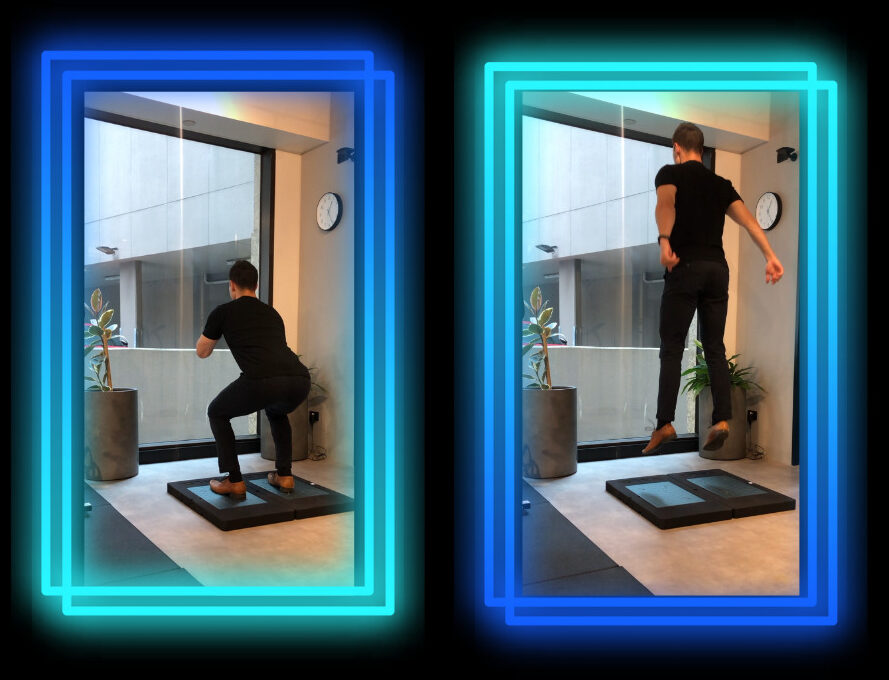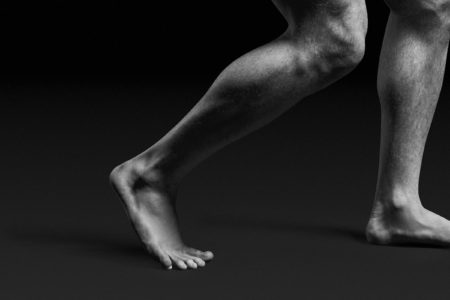Suite 3, Ground Floor, The Gateway,
312 St Kilda Road, Southbank, VIC, 3006
VALD Force Decks & Me

Using VALD Force Plates in Physiotherapy: A Game-Changer for assessing Strength, Control, and Performance
At Performance Medicine, we pride ourselves on staying at the forefront of technological advancements. One such innovation that is progressing our approach to assessment and treatment is the VALD force plate system. But what exactly is a force plate, and how can it assist both therapist and you in reaching your goals? Let’s explore!
What is a VALD force plate?
A VALD force plate is a piece of equipment used to measure the forces exerted by an individual when they perform specific movements, such as jumping, landing, or even just standing. Think of it as a highly sophisticated scale that doesn’t just measure weight, but captures the nuances of how force is distributed and exerted during various activities.
How does it work?
The VALD force plate is embedded with sensors that detect and measure the pressure and force exerted on its surface. When an individual performs an action on the plate, these sensors capture data in real-time, which is then processed and visualised through specialised software. This allows us to gain a detailed understanding of how your muscles, joints, and overall body mechanics are functioning during specific movements. It can also be put into a graph to see measurable changes over time.
What can Force Plates measure?
VALD force plates can measure various metrics including:
- Ground Reaction Forces (GRF): This refers to the force exerted by the ground on a body in contact with it. For instance, when you jump, the force you use to push off the ground and the force with which you land can be measured.
- Centre of Pressure (COP): This metric provides insights into the distribution of weight and balance. It’s important for assessing postural control and stability.
- Rate of Force Development (RFD): This measures how quickly an individual can generate force, which is vital for assessing explosive strength.
- Asymmetries: The force plate can detect if there’s an imbalance in force exertion between the left and right sides of the body, which can be indicative of potential injuries or areas of weakness.
How can this help you achieve your goals?
For anyone looking to improve their physical performance, recover from an injury, or even just maintain optimal health, understanding the intricacies and imbalances in their body functions is crucial. This can be achieved with the help of VALD force plate by:
- Personalised Treatment Plans: By understanding the specifics of how an individual’s body exerts force and pressure, physiotherapists can tailor rehabilitation or training programs to address unique needs.
- Injury Risk Management: Detecting imbalances or irregularities in force exertion can help in identifying potential risks for injuries. By addressing these early on, we can implement strategies to reduce risk of future overload or stress in certain areas.
- Performance Enhancement: For athletes, performers, or individuals looking to improve their physical performance, understanding metrics like RFD can help in designing training programs that focus on enhancing specific skills such as explosive strength and power.
- Goal Setting: With quantifiable data at hand, patients and therapists can set clear, measurable goals, making the path to recovery or improvement more structured and achievable.
At Performance Medicine, we believe in harnessing the power of technology to provide the best care possible, and providing real time data to support our evidence based care. Whether you’re an athlete, a patient on the road to recovery, or someone just looking to understand their body better, this tool can pave the way for informed decisions, targeted interventions, and ultimately, achieving your goals.












